In a celebration of the past with its eyes on the future, Hyundai’s introduced — or perhaps reintroduced might be more appropriate — the N Vision 74 hydrogen fuel cell hybrid concept.
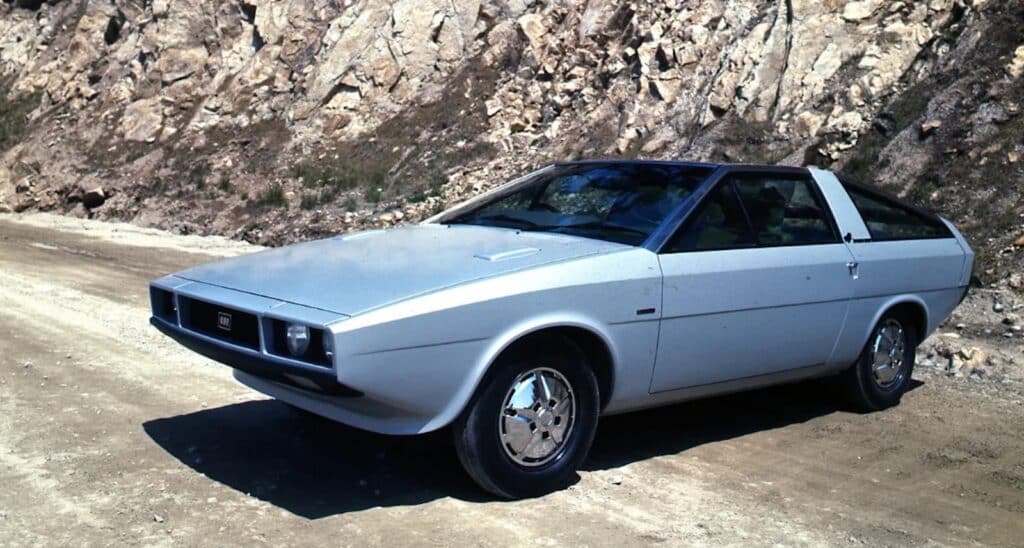
The retro-inspired concept made its U.S. debut at Automobility LA Thursday. The vehicle’s debut confirms plans first revealed in July. Hyundai’s newest concept car was inspired by its first, the 1974 Pony Coupe Concept.
“I designed the Hyundai Pony when I was still a young designer at the start of my career,” said Giorgetto Giugiaro. “I was tasked with creating a technically valid concept car targeting the middle class.”
With Giugiaro’s design skill, Hyundai started down the road to become one of the world’s biggest automakers — one that’s still growing.
“Today, Hyundai is in an unimaginable position. The brand has overcome the doubts of skeptics who didn’t believe that it could have a chance of success,” he continued. “The brand has succeeded in reaching the same level of other major European brands.”
A design for the future
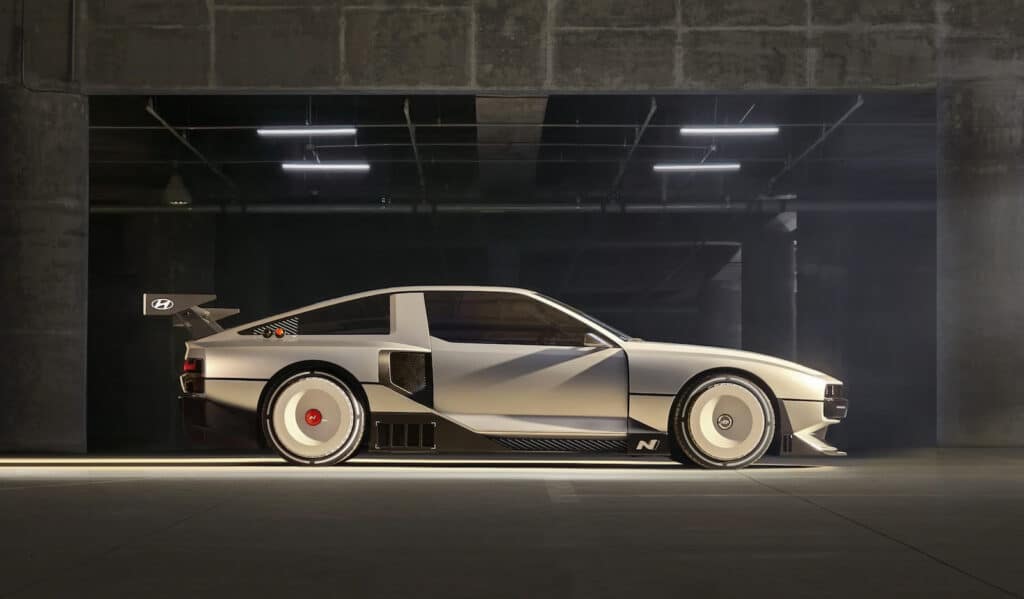
Certainly many European designers and engineers have helped the company achieve that goal. But the new N Vision 74 is no look back, but a look to where Hyundai perceives itself going. Certainly, the car is no exercise in nostalgia, using the old concept’s basic shape, greenhouse and B-Pillar as inspiration, but using a form language, lighting, surface treatments and design details that are purely 21st century.
That also applies to the driveline, which features an 800-volt high-speed charging architecture and an 85-kWh fuel cell stack mounted under the hood with a 62.4kWh T-shaped battery mounted in the bottom feeding power to two rear-mounted motors to precisely deliver power to each wheel. But the N Vision 74 also allows for DC fast charging, in case of a lack of fuel cell fueling stations.
Hyundai says the driveline generates 671 horsepower and 664 pound-feet of torque. Top speed is 155 mph; range is estimated at 373 miles. The N Vision 74 measures 195 inches long, 78.5 inches wide, 52.4 inches tall and rides on a 144.4-inch wheelbase.
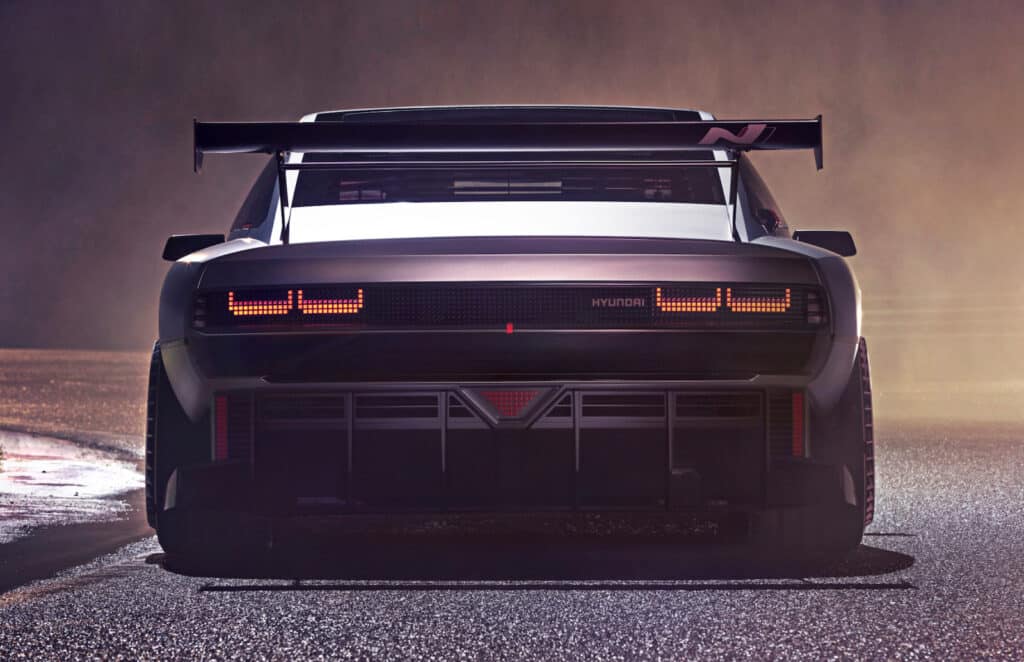
With its latest concept, Hyundai seems committed to a FCV future of some kind though its N performance brand as the company continues testing its Xcient heavy duty fuel cell trucks in Switzerland.
The fuel cell conundrum
Hydrogen fuel cell vehicles are still bewitching automakers, and so far, the few models that used them have been anything but successful. But it’s not hard to figure out why.
For the uninitiated, a fuel cell uses hydrogen gas, which flows through one side of the fuel cell’s membrane while oxygen flows on the other. The hydrogen is split into positively charged protons and negatively charged electrons. The membrane traps the electrons to make the electric current that powers the car. The protons combine with oxygen to form water, the car’s only emission.
But it takes an inordinate amount of energy to create liquid hydrogen, and storing requires tanks under immense pressure. It’s also highly flammable; then again, so is gasoline or, for that matter, lithium-ion batteries.
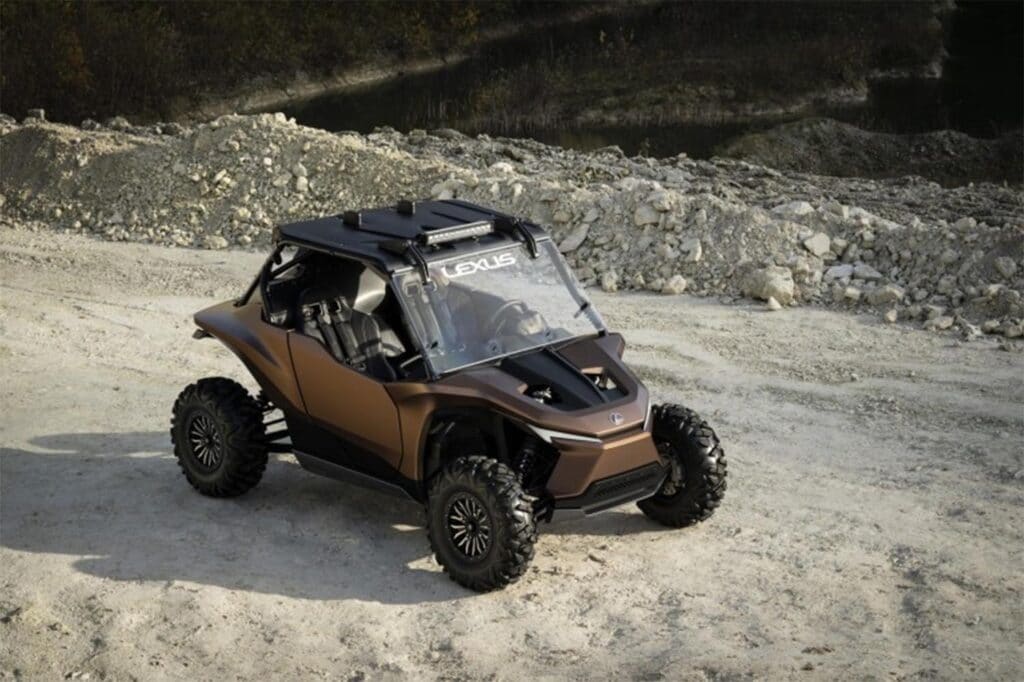
And only a few fueling stations exist, mainly along a small corridor in California and on U.S. military bases. Given that refueling stations are scarce, so too are fuel cell vehicle customers. But the question of who will spend the money to build fueling stations for cars that don’t exist remains unanswered. This is why fuel cell vehicles have yet to succeed.
But the difficulty and high cost of obtaining rare earth materials for EV batteries may force the issue for some manufacturers, and EV batteries limited use for heavy-duty trucking may bring about their further development. After all, a heavy-duty truck can refuel with hydrogen in a few minutes; recharging a battery takes far longer. And time is money.
Hyundai is not alone
Yet the impediments to a fuel cell future hasn’t stopped automakers from offering vehcles powered by them. Although Honda recently stopped making the fuel cell variant of the Honda Clarity, Toyota still offers its hydrogen-powered Mirai FCV in the U.S., while Lexus recently unveiled the Lexus ROV.
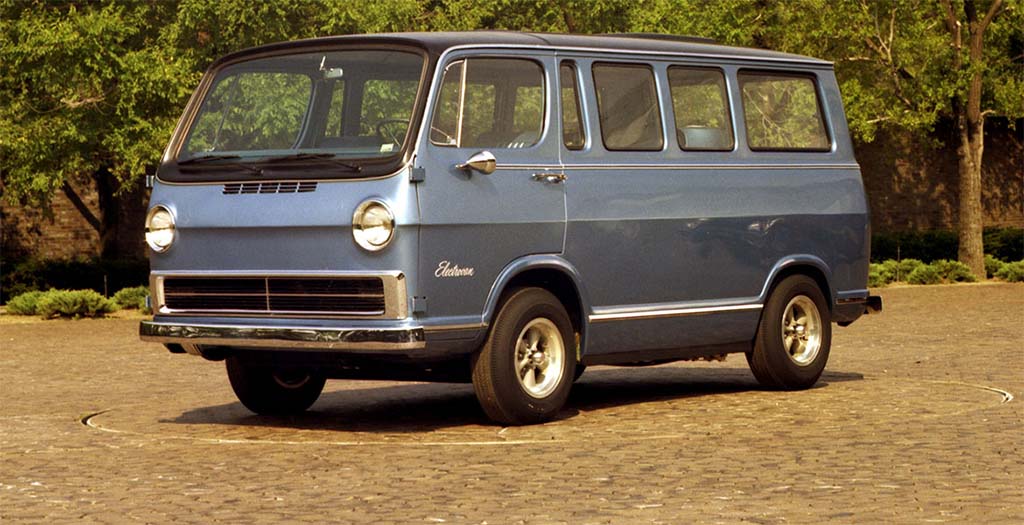
BMW recently revealed the new iX5, a hydrogen-powered version of its familiar X5 sport-activity vehicle, while Jaguar Land Rover is developing a hydrogen fuel cell electric vehicle using the new Land Rover Defender. So too is Daimler, and Porsche may follow. As we previously reported, Porsche appears to be in a much earlier stage of development with its own hydrogen technology. Its approach is to feed the gas into a 4.4-liter twin-turbo V-8 where it would serve as a replacement for gasoline.
The development is happening because Germany and several other European countries are setting up their own hydrogen refueling network alongside EV charging stations, unlike the United States.
But the enactment of the Inflation Reduction Act unleashed tax credits of up to $3 per kilogram of clean hydrogen. Perhaps that’s why on Wednesday, GM announced it had entered into an agreement with Nel Hydrogen U.S. to develop cheaper sources for renewable hydrogen.
But fuel cells are far from a new idea. Sir William Grove, an English physicist, discovered the fundamentals of the fuel cell in 1839. But it would take until the mid-1960s for GM to build the Electrovan, the first vehicle to be propelled by a hydrogen-powered fuel cell.
"Idea" - Google News
November 18, 2022 at 01:05AM
https://ift.tt/1w5V98C
Hyundai’s Idea of a Possible Performance Future - The Detroit Bureau
"Idea" - Google News
https://ift.tt/rsbCXNd
https://ift.tt/z0u5DdX
Bagikan Berita Ini














0 Response to "Hyundai’s Idea of a Possible Performance Future - The Detroit Bureau"
Post a Comment